I recently went on a 2 week field course to Kenya with my Conservation and Biodiversity MSc program. The trip essentially marks the halfway point of our journey to a new degree, and it certainly comes with a lot of hype. For the first 4+ months of the program, I kept hearing from people “Just wait until Kenya”, or “Oh man, Kenya is amazing”. While I do think that reputations like this come with good reason, it happens far too often that experiences don’t live up to the hype, particularly when there is an inordinate amount of hype leading up to an event.
That being said,
Kenya blew my flippin’ socks off
I’ve been back for a little over 4 days and I am still riding high from the 2 weeks we spent there (it all just seems like a dream, an amazing dream). We visited a great variety of places with different habitat types, management strategies, and difficulties; we camped all but 2 days of the trip (much of the time in the middle of reserves, with wildlife all around us). My plan is to use this post as a general overview of the trip, and the subsequent few posts will hone in on some specific stories or things we learned on our trip.
Wildlife, such as these Baboons, was a common place around many of our campsites
Our staff, led by the three wisemen: Brendan Godley, Stu Bearhop, and Andy McGowan were stellar; they were informative, inspirational, and exhibited their passion for wildlife and conservation on a daily basis. Without them, this trip would not have been nearly as special.
Nearly every reserve we visited began with an introductory talk by one of the “higher ups”, usually either a high ranking security member or someone involved in the management of the park. We were given an overview of the specific area including the history of how it came to be what it is today, the issues they face, and the ways then engage the communities (not all of them do); we also had excellent Q&A sessions with the speakers (all of which handled the questions very well). Kenya has a very interesting dynamic of conservation; the fact that they are a developing country has a major impact on how the people view the animals and conservation. Much different to what I have seen in the states and so far in the UK, people in Kenya generally don’t seem to see the point in conserving something unless it puts money in their pockets. I can’t really say I blame them considering that many families cannot manage to provide 3 meals per day. WIll conservation in Kenya never work until they fix the financial situations of their general public?
Lilian from KWS gave us a fantastic introductory talk about Meru. (Thanks to Brendan Godley for the pic)
Conservation issues exist in a big way, and I plan to dedicate entire posts to it, but now it’s time to move on to the “sexy” part: the animals. We were able to walk through a few areas (Lake Naivasha, Crater Lake, Hell’s gate, Mount Kenya) and had to game drive through the rest (Lake Nakuru, Solio Ranch, Ol Pejeta, Meru, Samburu). The amount of biodiversity we saw was insane! Each bus (our group was divided into smaller bus groups of 5 or 6 for the purposes of small group activities and game drives) was responsible for compiling a list of species they encountered during the trip (actual names, not “white and black bird with a red ass”). By the end of the trip, my bus had identified over 450 species, I couldn’t believe it! It must also be said, birds are badass. By the end of the trip not only did I consider myself a legitimate birder (as far as having an interest, not being the best birder ever…. yet), but I also started to say and believe that: “You come to Kenya for the big mammals, but stay for the birds”. We were able to see amazing things like lions, cheetah, hyaenas, elephants, rhinos, giraffes, and Zebra (even the rare Grevy’s Zebra); however, it was the birds that constantly amazed us. The elegance of an African Fish Eagle sitting in its nest on Lake Naivasha, the wise looking Verreaux’s Eagle Owl perched in Lake Nakuru, and the massive Secretary Bird sitting on the top of a tree in Samburu are encounters that i did not expect to take my breath away… but totally did.
That being said, the animals that you would expect to marvel at … were amazing…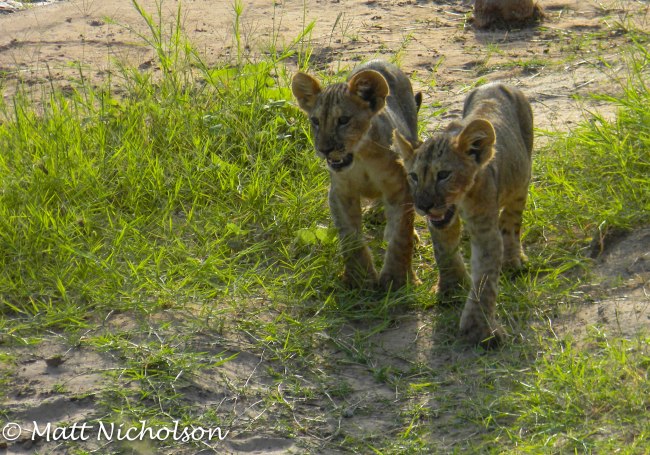
Two Lion cubs explore after having a drink (above) and a Hyaena takes its breakfast (a Dik-Dik) to go (below)
Our class gelled really well and we became very close (dancing nights in Naro Moru and shower beers helped us bond). We all went crazy when we found out that our last two nights would not be spent camping in Samburu, instead we were staying at an AMAZING lodge in the middle of the reserve (fully equipped with a pool… and beds!). We definitely missed our camp cooks (who cooked all of our amazing campsite meals), but we totally enjoyed the lavish comforts of the lodge.
Pool time in Samburu was a no-brainer (Thanks again to Brendan for this pic)
All in all, this trip was one for the ages, and something I will never forget. The faces and places we experienced are forever engrained in my memory. I am in the process of making a video of our trip (check out the teaser HERE) which will make it’s world premiere at our photo party Feb 13th (and will be on youtube for the world to see after that!).
Check out my website for the full trip photo album (it’ll be up there soon) and other cool stuff!
You could usually fine me fully equipped: Buff, GoPro, Nikon, and binoculars!

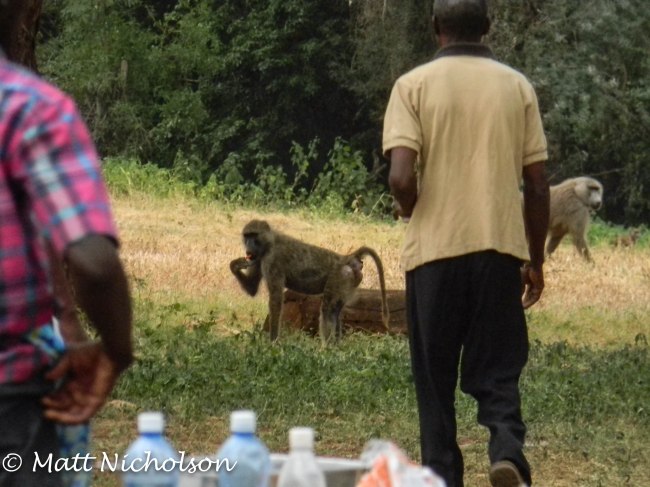
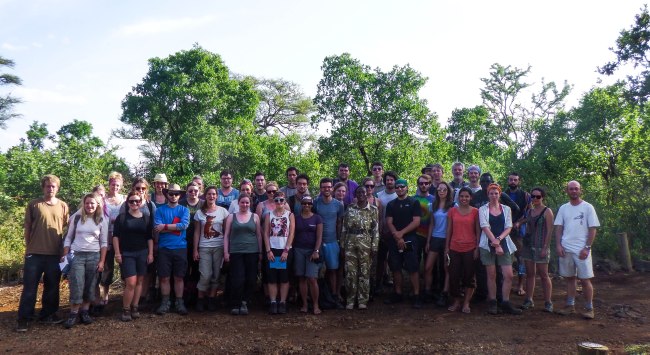
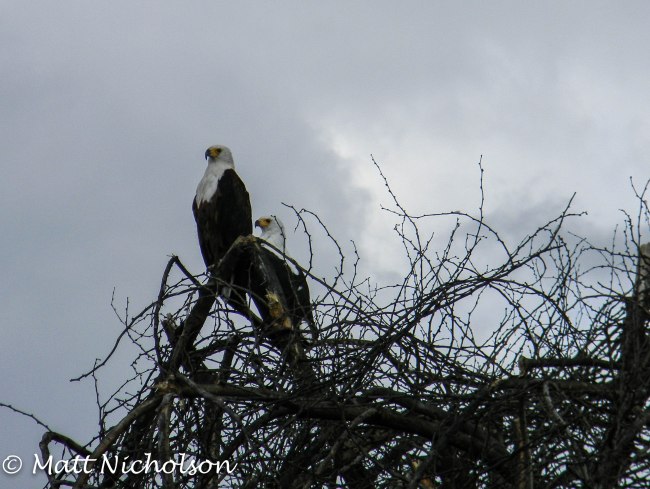
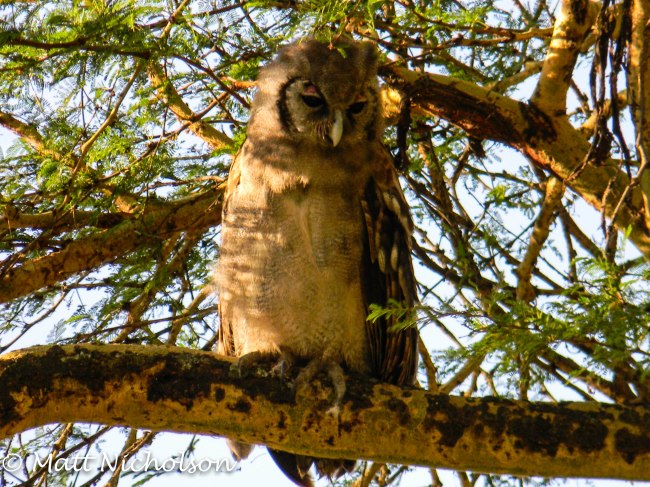
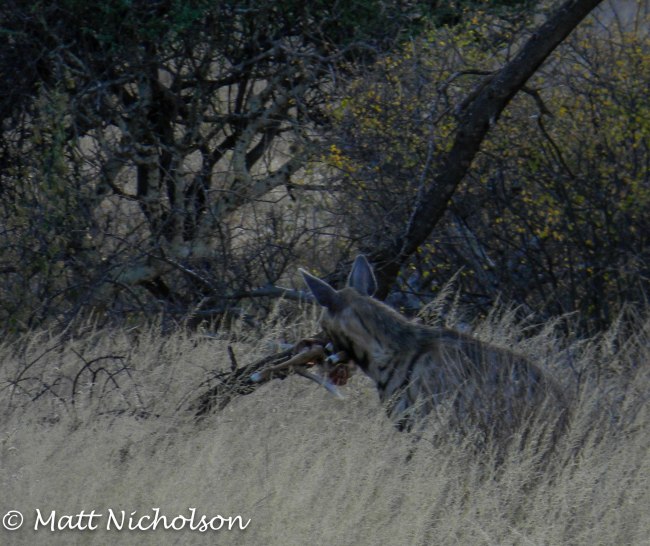
Pingback: The End Of An Era: Thank You Everyone | Sites, Scenes, and Science